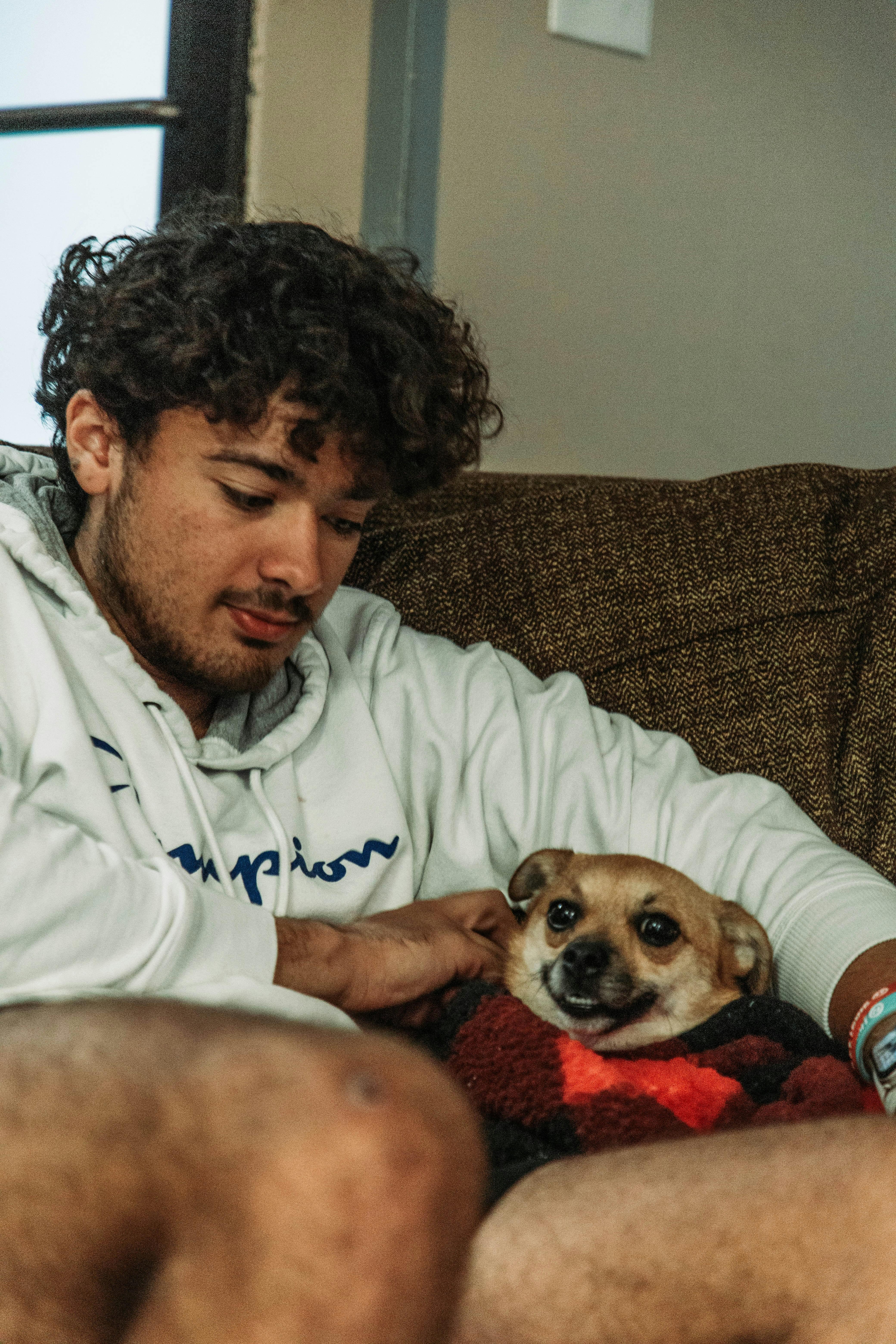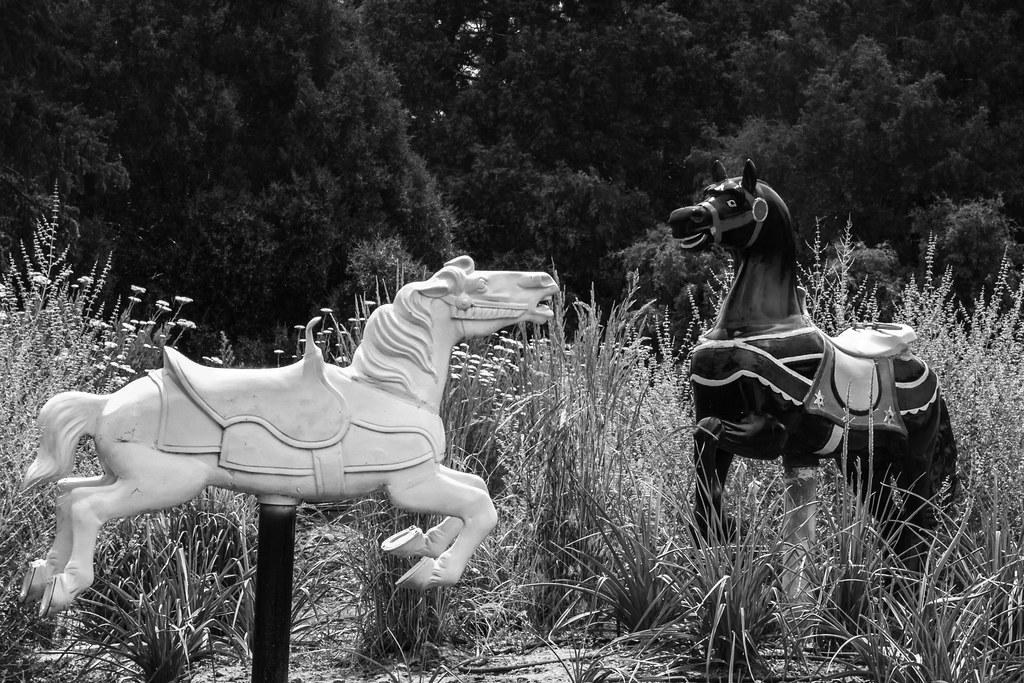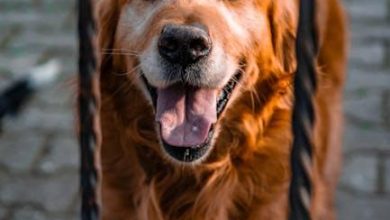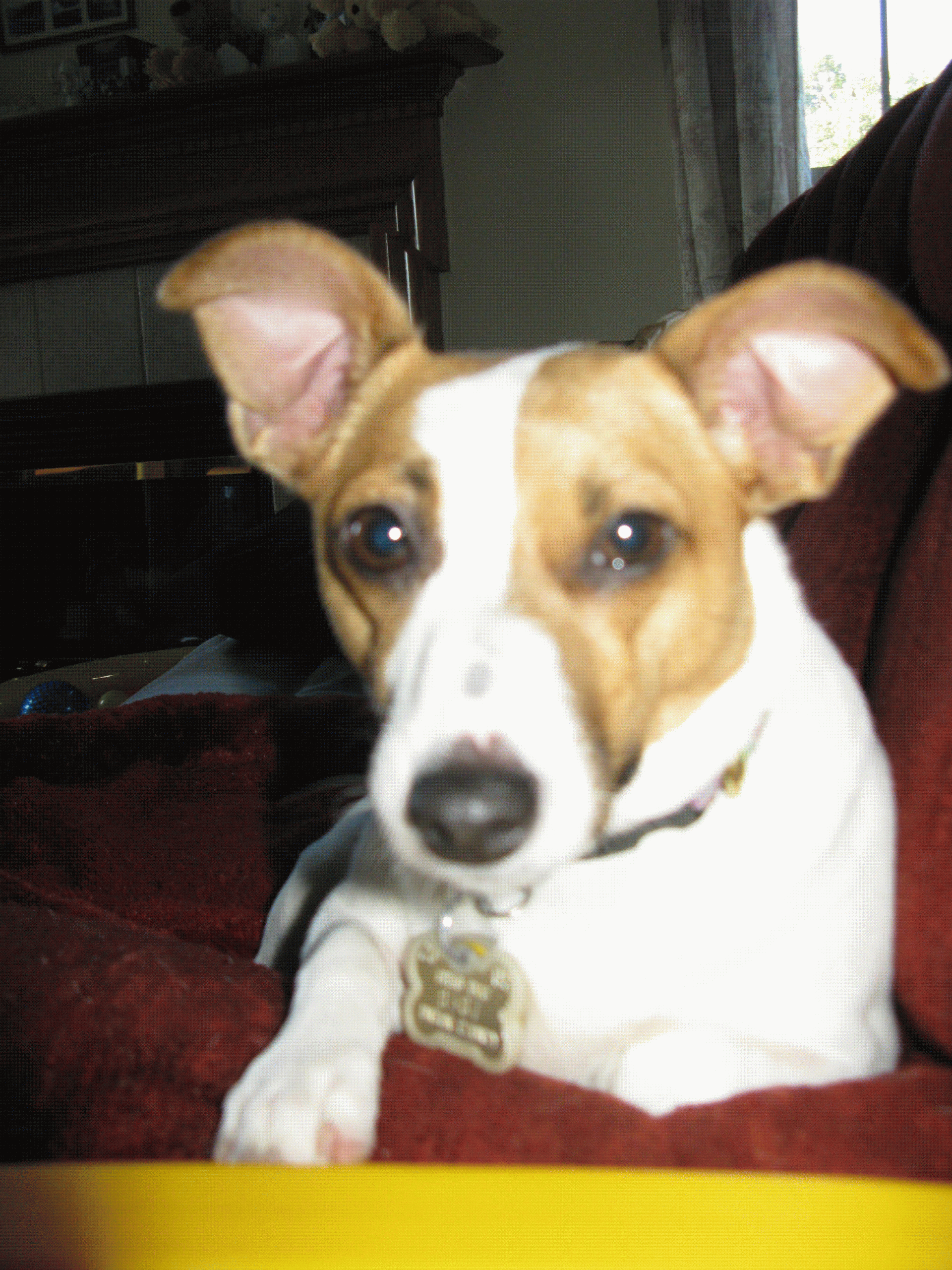Understanding your pet’s territorial behavior and how to manage it

Understanding your pet’s territorial behavior is a crucial aspect of fostering a harmonious home environment. Whether you have a playful puppy, a curious cat, or any other beloved animal companion, recognizing the roots and nuances of their territorial instincts can greatly enhance your relationship. Pets, much like their wild ancestors, are naturally inclined to claim and defend spaces they consider their own. This behavior, while instinctual, can sometimes lead to challenges within the household. In this article, we will explore the underlying causes of territorial behavior in pets, offer insights into their natural instincts, and provide practical strategies for managing these behaviors effectively. By embracing a friendly and informed approach, you can ensure a peaceful coexistence with your furry friend, fostering a bond built on understanding and mutual respect.
Understanding the Roots of Territorial Behavior in Pets
Territorial behavior in pets is a fascinating blend of instinct, environment, and learned experiences. At its core, this behavior is a survival mechanism inherited from their wild ancestors. Animals in the wild often need to establish and defend territories to ensure access to resources such as food, mates, and shelter. For domesticated pets, this instinct translates into behaviors that may seem perplexing to owners. Dogs might bark at the mail carrier, while cats could hiss at unfamiliar guests. Understanding these behaviors requires recognizing the triggers and contexts that prompt such responses.
Several factors contribute to territorial behavior in pets, including:
- Breed and Genetics: Some breeds are naturally more territorial due to their historical roles, such as guarding or herding.
- Socialization: Pets not adequately socialized during their formative months may perceive new people or animals as threats.
- Environment: Changes in the household, like new family members or moving to a new home, can heighten territorial instincts.
Understanding these roots helps in managing and mitigating unwanted territorial behavior. Through patience, consistent training, and environmental adjustments, pet owners can help their furry friends feel secure without the need for defensive displays.

Decoding the Signs: How to Recognize Territorial Actions
Understanding your pet’s territorial instincts is key to maintaining harmony in your home. Pets, much like their wild counterparts, have a natural instinct to claim and protect their space. This behavior can manifest in various ways, and being able to identify these signs can help you manage and mitigate potential conflicts. Here are some common territorial actions to look out for:
- Marking Behavior: This is perhaps the most recognizable sign. Pets may urinate or leave their scent on furniture or walls to establish their territory.
- Vocalization: Barking, growling, or hissing can be a way for pets to assert dominance over their perceived domain.
- Guarding Resources: Whether it’s food, toys, or even a favorite spot on the couch, pets might become possessive and defensive.
- Body Language: Raised hackles, stiff posture, and a fixed stare are non-verbal cues that your pet is feeling territorial.
By recognizing these behaviors, you can take proactive steps to address them, ensuring a peaceful coexistence between your pet and the rest of your household. Regular training, socialization, and creating a safe environment can help manage these instincts effectively.
Practical Tips for Managing Your Pets Territorial Instincts
To effectively manage your pet’s territorial instincts, start by creating a well-defined space that your pet can call their own. This could be a cozy bed, a specific room, or a particular corner of your home. By establishing clear boundaries, you help your pet feel secure and reduce the likelihood of aggressive behavior. Additionally, ensure that your pet’s space is enriched with toys and activities to keep them mentally stimulated and content.
- Consistent Training: Regular training sessions can help reinforce good behavior and curb territorial aggression. Use positive reinforcement techniques, such as treats and praise, to encourage your pet when they remain calm in situations that typically trigger their territorial instincts.
- Gradual Exposure: Introduce your pet to new environments and people slowly. Allow them to explore at their own pace, providing reassurance and rewards for calm behavior.
- Socialization: Early socialization is crucial for reducing territorial behavior. Expose your pet to a variety of people, pets, and settings to help them become more adaptable and less defensive.
Remember, every pet is unique, so be patient and adjust your strategies as needed to fit their individual needs. Creating a balanced environment with clear boundaries, consistent training, and socialization can go a long way in managing your pet’s territorial instincts.

Creating a Harmonious Home: Encouraging Positive Behavior
Pets, much like their wild counterparts, have an instinctual need to establish and protect their territory. This behavior can manifest in various ways, such as marking with scent, guarding specific areas, or even showing aggression towards perceived intruders. Understanding these behaviors is the first step in fostering a peaceful coexistence within your home. Recognizing the signs of territorial behavior can help you address issues before they escalate, ensuring both you and your pet feel comfortable and secure.
To manage your pet’s territorial instincts effectively, consider the following strategies:
- Provide Ample Space: Ensure your pet has enough room to claim as their own. This can be a specific bed, crate, or corner where they can retreat and feel safe.
- Establish Boundaries: Use gentle training techniques to teach your pet which areas are off-limits, reinforcing with positive rewards rather than punishment.
- Consistent Routine: Maintain a consistent schedule for feeding, walking, and playtime. Pets thrive on routine, which can reduce anxiety and territorial aggression.
- Socialization: Gradually introduce your pet to new people and animals to reduce fear-based aggression. Controlled exposure can help them become more accepting of changes in their environment.
By addressing these needs thoughtfully, you can create a harmonious home environment where your pet feels secure, and positive behavior is naturally encouraged.
Concluding Remarks
understanding your pet’s territorial behavior is an essential step in fostering a harmonious relationship with your furry companion. By recognizing the natural instincts that drive these behaviors, you can better empathize with your pet’s needs and address any issues that may arise. Implementing strategies such as providing adequate space, setting clear boundaries, and using positive reinforcement can go a long way in managing territorial tendencies. Remember, patience and consistency are key. With a little effort and understanding, you can create a peaceful environment where both you and your pet feel secure and happy. Whether it’s a dog, cat, or any other beloved animal, a deeper understanding of their behavior will only strengthen the bond you share. Thank you for taking the time to learn more about your pet’s world. Here’s to a more harmonious coexistence!



